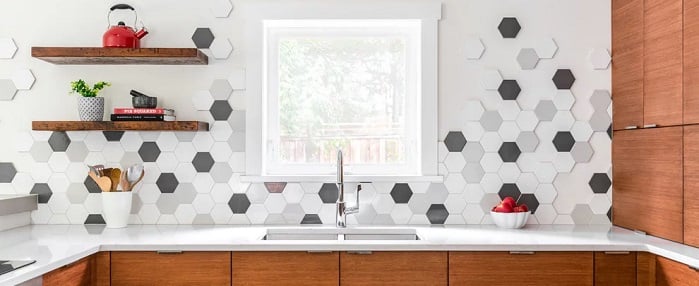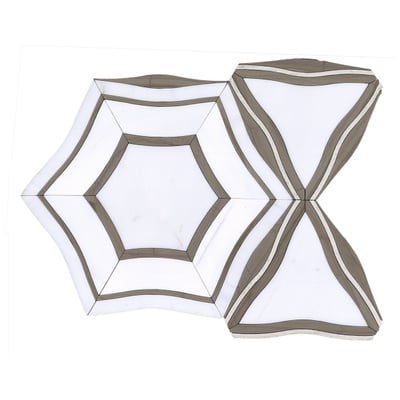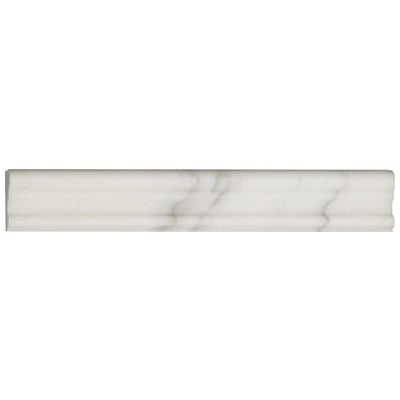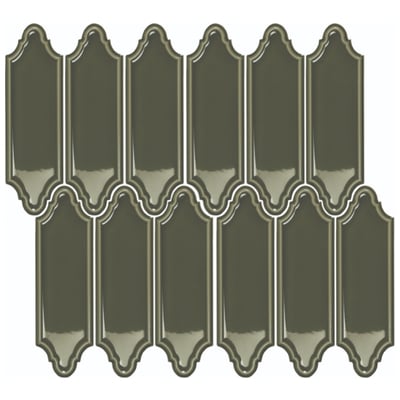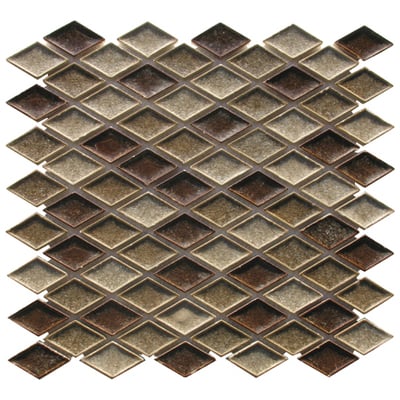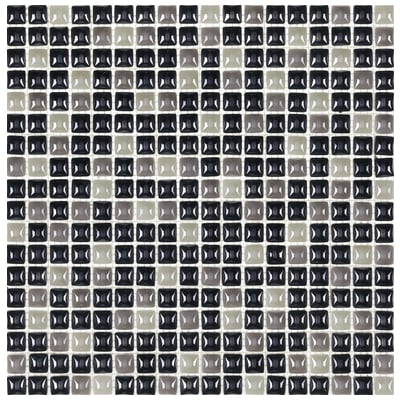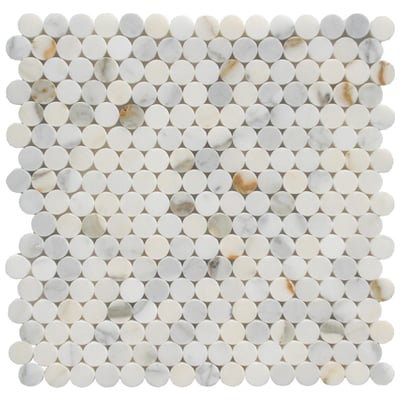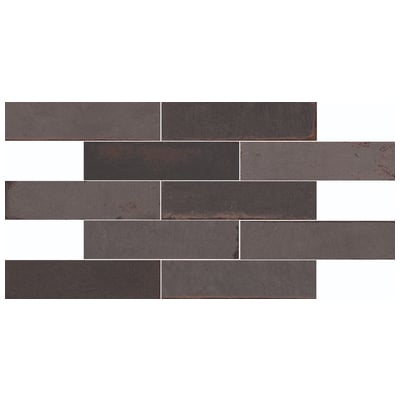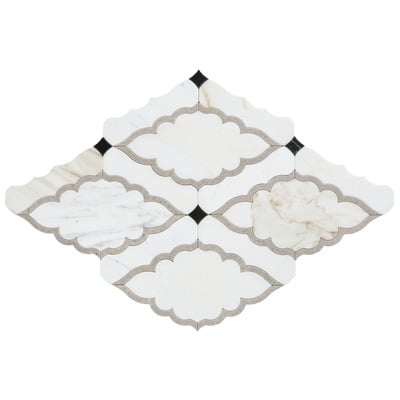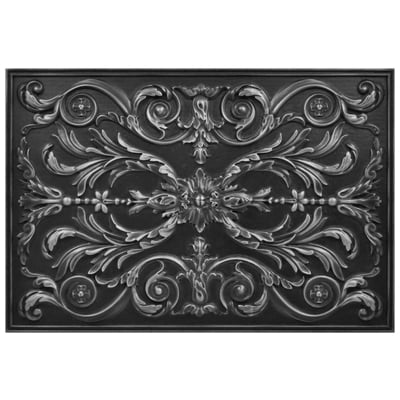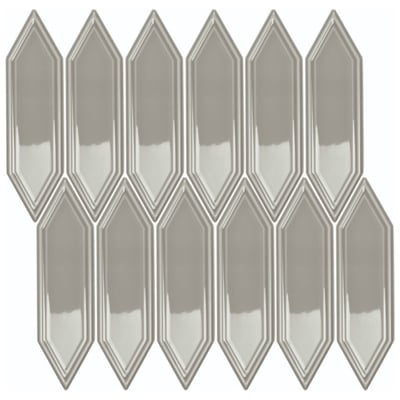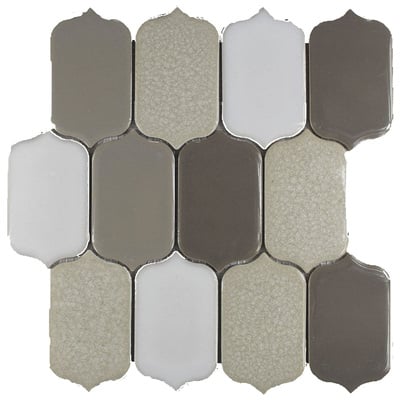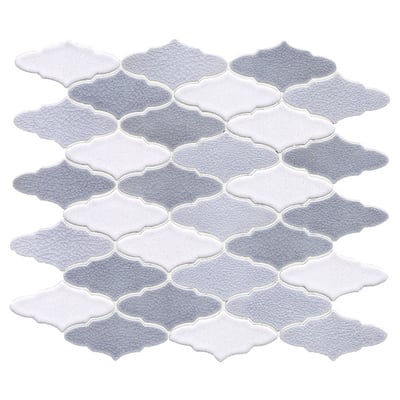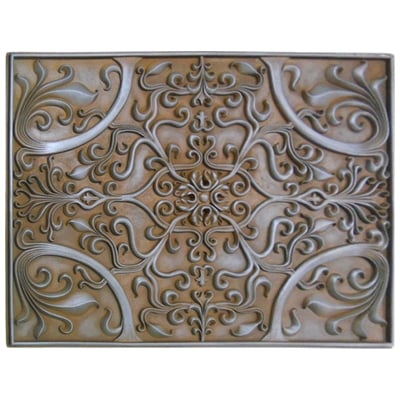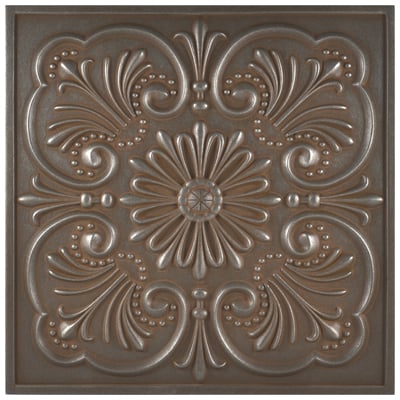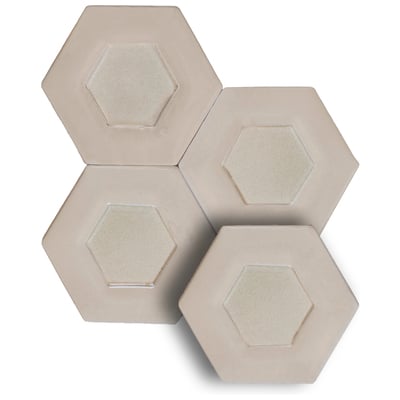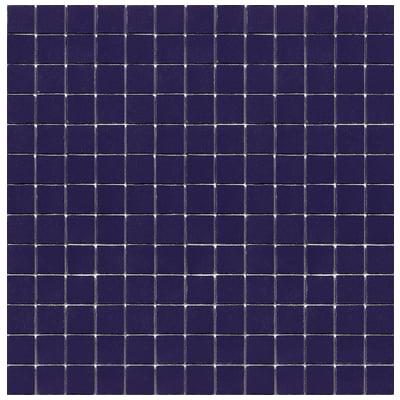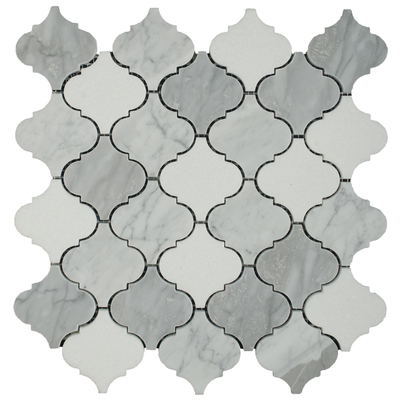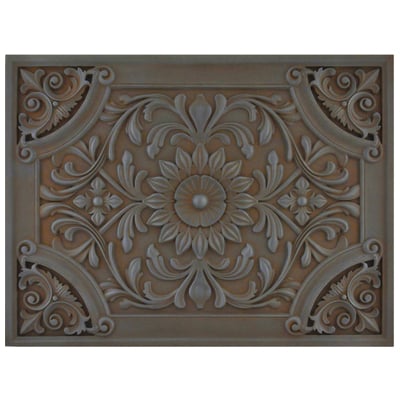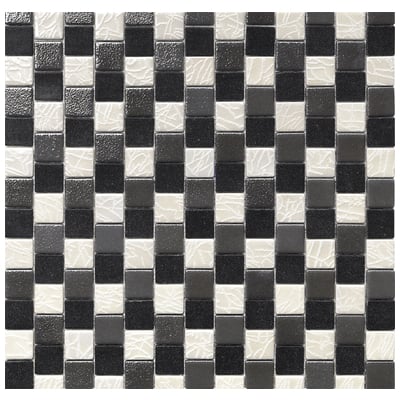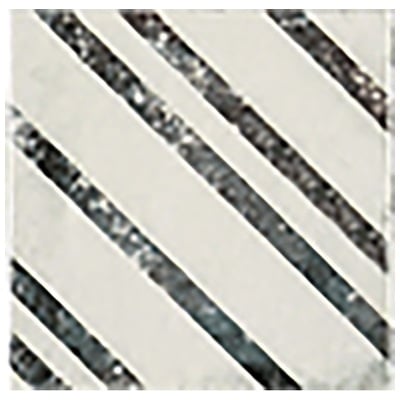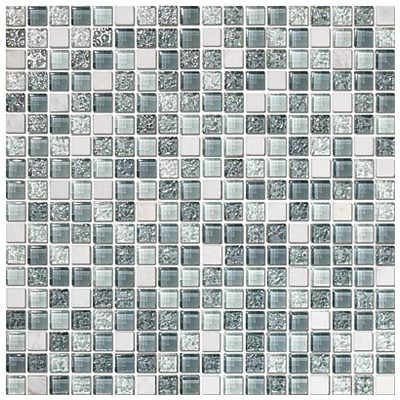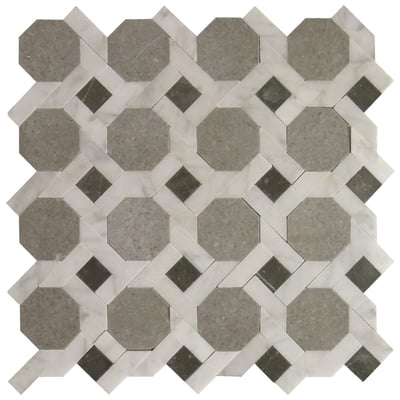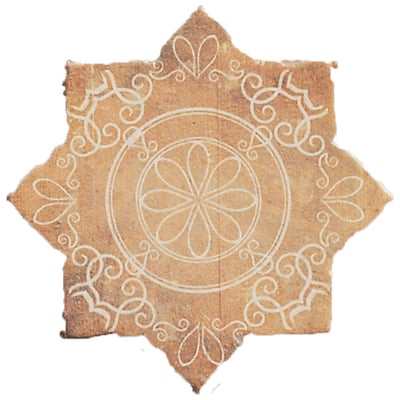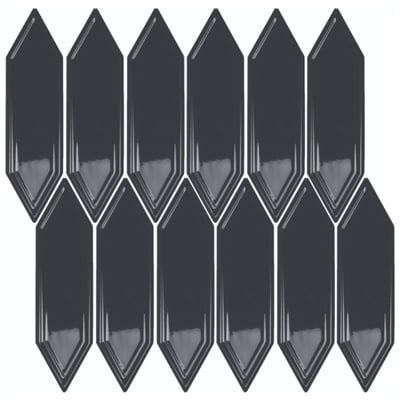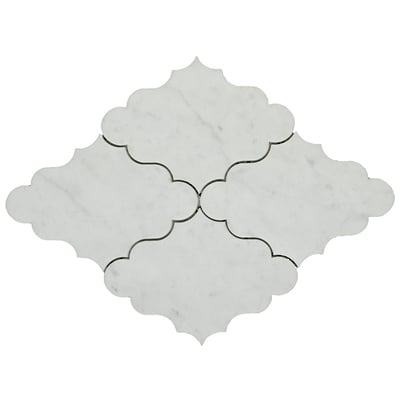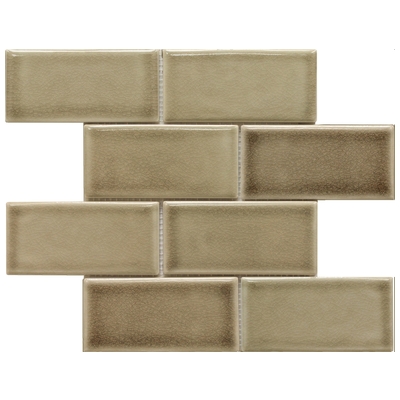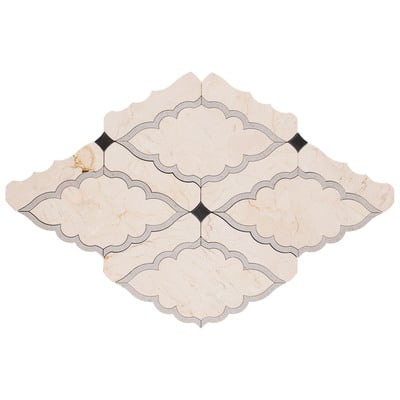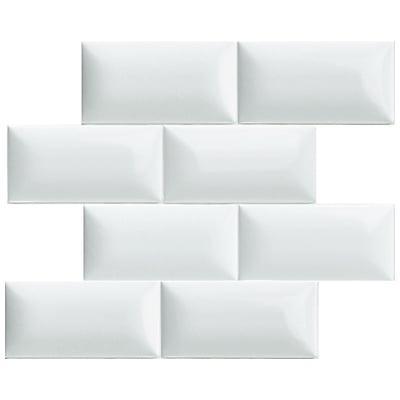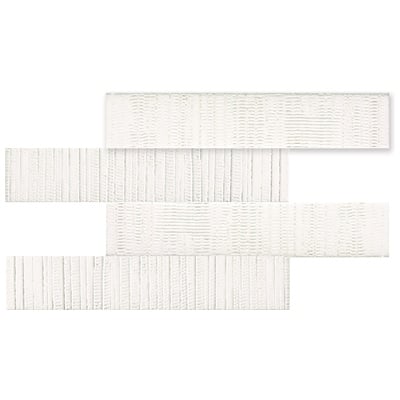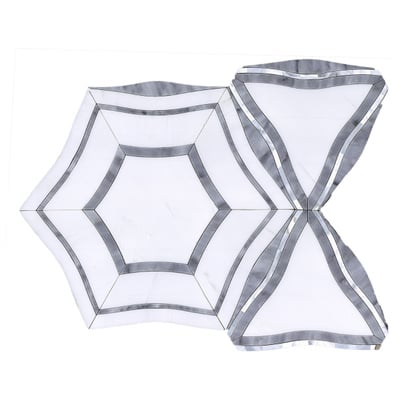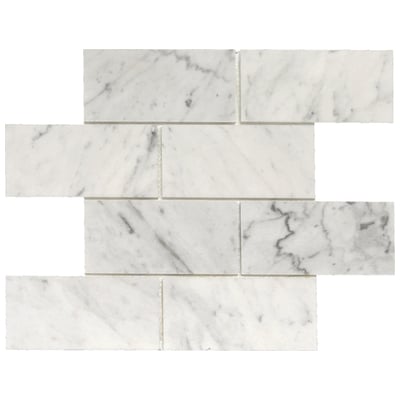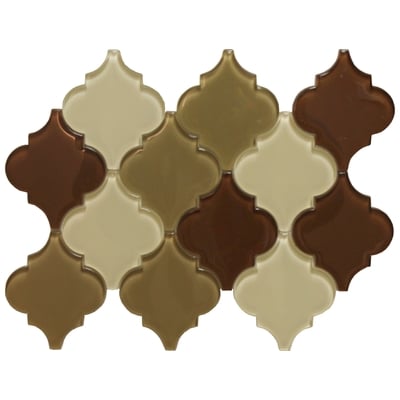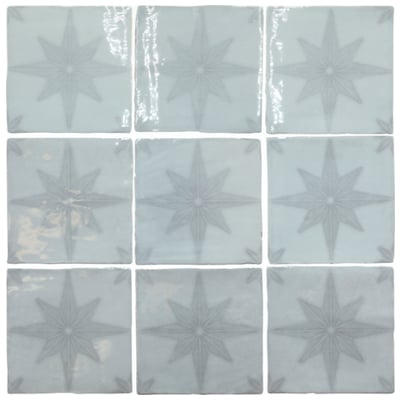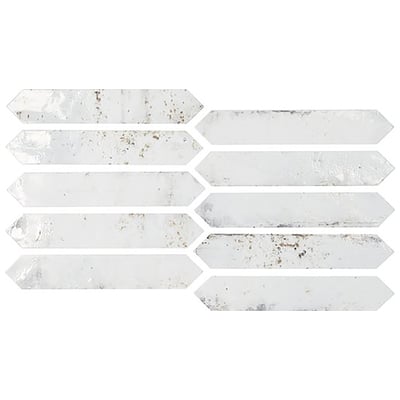Small format hexagonal tile is a timeless classic, not to mention one of the go-to features for cottage style bathrooms. But while those tiny tiles are largely limited to bathroom floors and backsplashes, using larger format hex tiles has become a popular way to make a statement in just about any room in the home. If you’re looking for a tile project that’s a little out of the ordinary, upgrading to hex tile is a good place to start.
Don’t Be A Square

Shop Mosaic Tiles:
Even simple hexagonal tile projects tend to be very eye catching for one simple reason: almost all other standard tile is square or rectangular. That means when you switch to a very different (but still geometric) shape, you get a look that demands attention – even if you stick with a single solid color on a pretty standard surface. As a rule of thumb, the bigger the tile, the more striking it will be, again because it’s unexpected. Most hex tile in the past was very small, and most very large tile is meant to be relatively seamless, but large hex tile draws attention to its edges without creating a fine-detailed pattern.
Get A Little Edgy

Shop Mosaic Tiles by Soci:
That said, creating a simple floor or backsplash is far from the most interesting thing you can do with hexagonal tile. One of my personal favorites is also one of the simplest: leaving that hexagonal backsplash a little bit rough around the edges. Where square and rectangular tile by nature leave you with a perfectly finished edge no matter where you cut them off, using hex tile opens up a whole trove of opportunities for how you can finish off a section of tile. Evenly-stacked hex tile will still have a textured edge, and many homeowners go a step further, creating statement backsplashes that selectively cover splatter zones with intentionally asymmetrical sections of tile.
A Smooth Transition

Similarly, one of the cool uses of hex tile I’ve started to see all over the place is to create a more interesting transition between two types of flooring. In this case, where you’d usually have a single straight seam between, say, your kitchen and living room flooring, hex tile allows you to get a little more amorphous with the shape of your space, either creating a blended transition between tile and wood flooring, between two types of tile, or even just creating dedicated easy-to-clean spots of floor in spill-prone areas. That last one will save you from damaging your hardwood floors, and all of them will transform your floors into an eye-catching feature.
Shop Mosaic Tiles by Tesoro:
Elegant Ombres
Hexagonal tile comes in the same rainbow of colors that any other tile does, but their less-conventional shape makes it much easier to play with color. Specifically, it makes it possible to create multi-toned gradients and ombres. Often these are used on the aforementioned transitional floors, but my personal favorite? Ombre accent walls or backsplashes. These take a bit of a creative eye to pull off well, but the final look is really spectacular, with your color of choice transitioning from dark to light. Not only is this setup incredibly eye catching, but it’s also way easier to pull off with tile than paint (and easier to clean if you put it in a bathroom or kitchen).
Pretty In Pied

Mixing and matching colorful hex tile also doesn’t have to mean creating a perfect gradient or ombre look. Often, you’ll see exactly the opposite: random (ish) placements of different colored tile that either mimic or defy the idea of a pattern. The more random your tile layout, the harder (in my opinion) the look is to pull off, but mixing three or four different-but-coordinated colors can really help play up the shape of the tile and give you that fun, futuristic look and feel.
Playing With Natural Variation

Most hex tile is done in solid colors, to help emphasize those sharp edges and create contrast between different colored tiles. But while this is mostly the case, it isn’t always the case. In fact, if you’re planning on sticking with a more traditional backsplash installation, I’d actually recommend looking for hexagonal tile with a higher color variance. Why? It might not create an ombre or pied color scheme, but it will draw out the unique shape and character of the tile in a more organic-feeling way. Like the difference between stenciling and sponge painting, while the tile will still have the crisp edges, the color itself won’t, which allows this look to be a little softer while maintaining its contemporary feel.
Hex tile is hugely popular right now, in large part because there’s a world of room to get creative and experiment with style and shape. So if you’re looking to freshen up your tile surfaces (or even just add an accent to your kitchen or bathroom), trying out one of these projects – or even coming up with your own! – is a great way to add personality and style to your space.

